Villagers from the Medio Jurua nature reserve of Brazil's Amazon rainforest pull a pirarucu, the largest freshwater fish in South America, into their canoe during a night of fishing in Manaria Lake, Carauari municipality, September 2, 2012. Catching the pirarucu, a fish that is sought after for its meat and is considered by biologists to be a living fossil, is only allowed once a year by Brazil's environmental protection agency. (Photo by Bruno Kelly/Reuters)
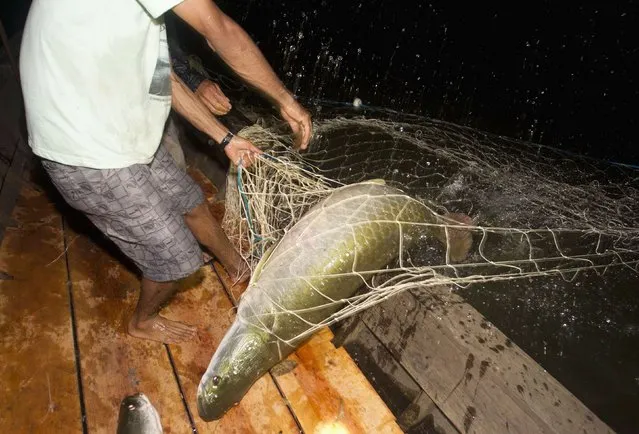
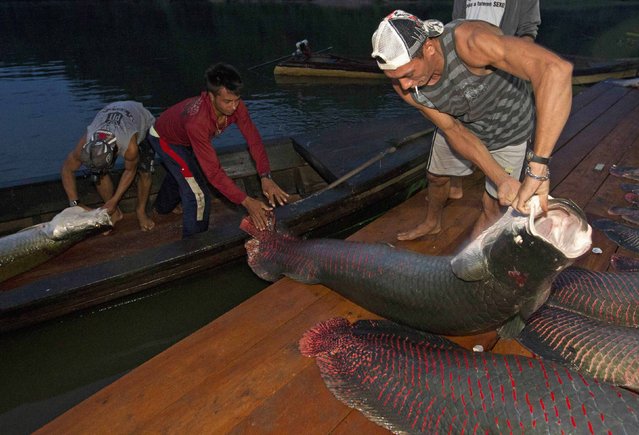
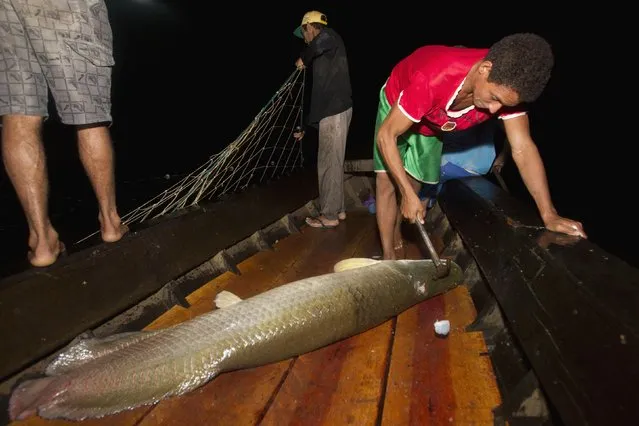
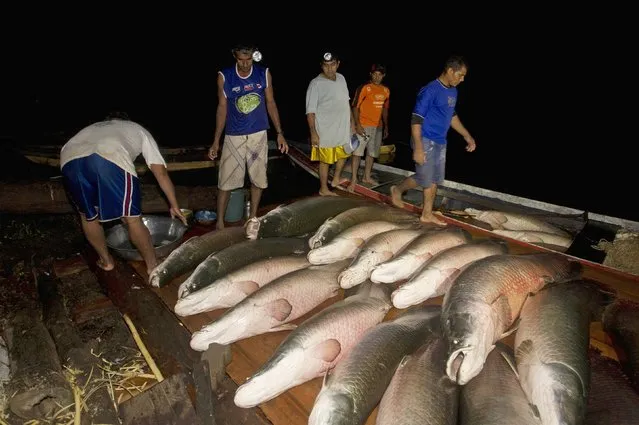
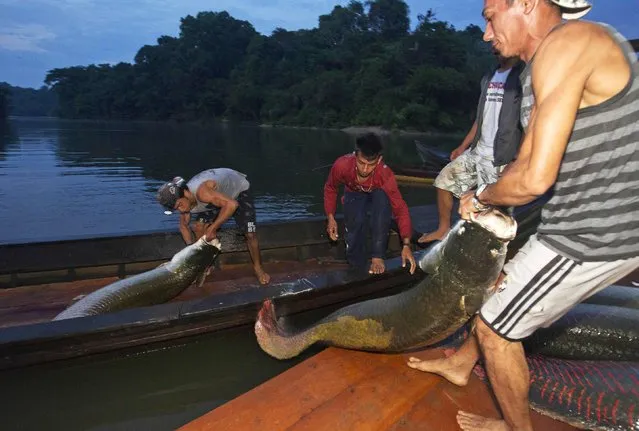
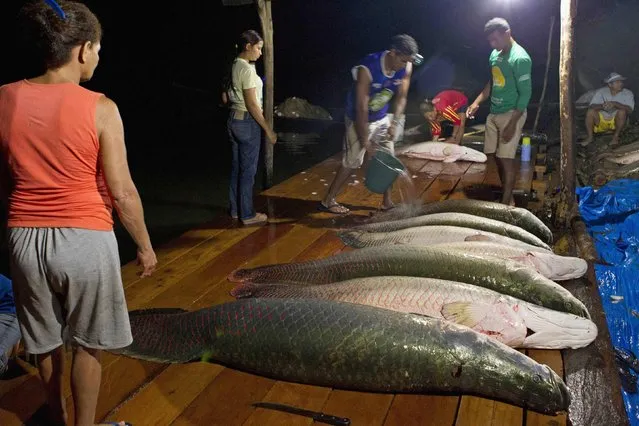
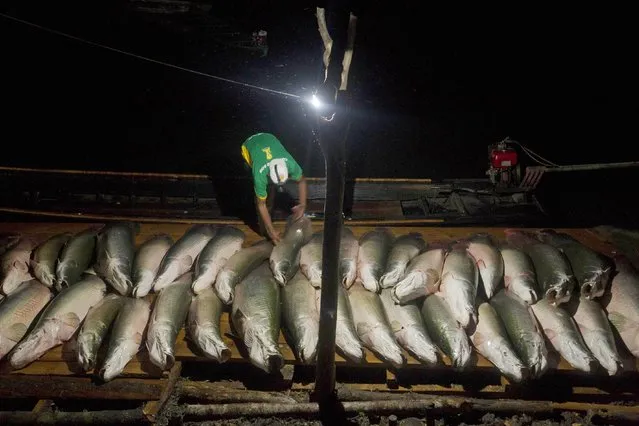
19 Jul 2013 08:53:00,
post received
0 comments
